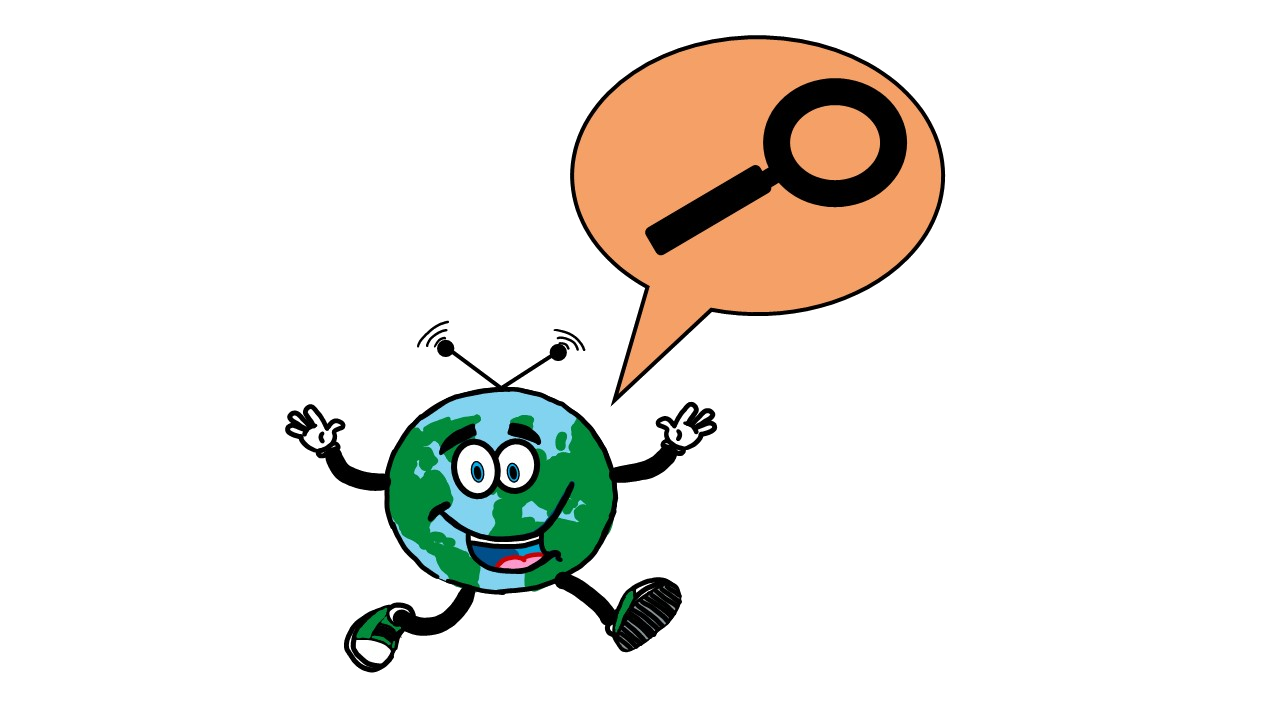Section outline
-
This unit introduces basic knowledge about the relationship between digitality and sustainability. The aim is to understand which ecological, economic and social challenges the digital world poses from a global perspective. But technologies have always been instruments of world measurement, also of world exploration, and thus can make a significant contribution to mitigating the climate crisis. To understand these interrelationships, the terms sustainability and digitality are defined first.
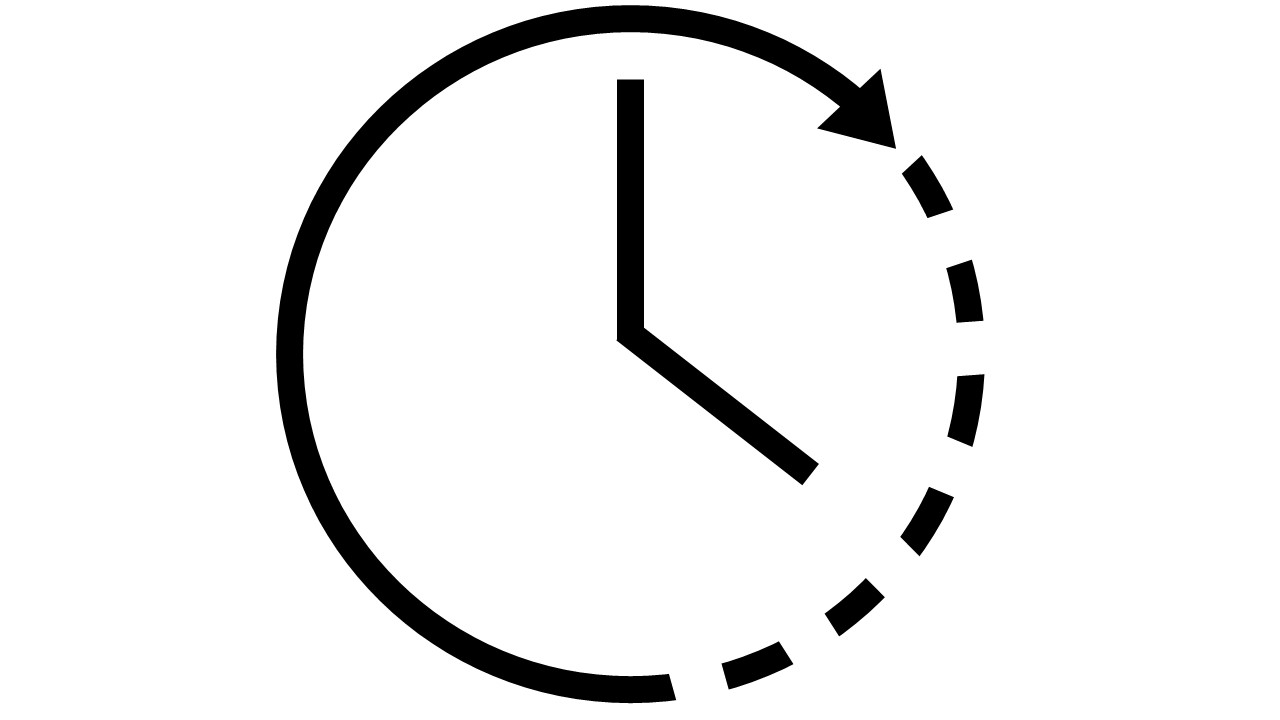 Duration: 3,5 hrs
Duration: 3,5 hrs Required materials:
Required materials:Synchronous Online Session - Laptop
Asynchronous Online Session - Laptop
- Paper and Pencil
Face to Face Session - Smartphone or Tablet
- APP: phyphox
- Smartphone Microscope (is placed)
- APP: BookCreator (you need Chrome, Edge or Safari as browser)
- Environment
- Willingness to engage in discovery
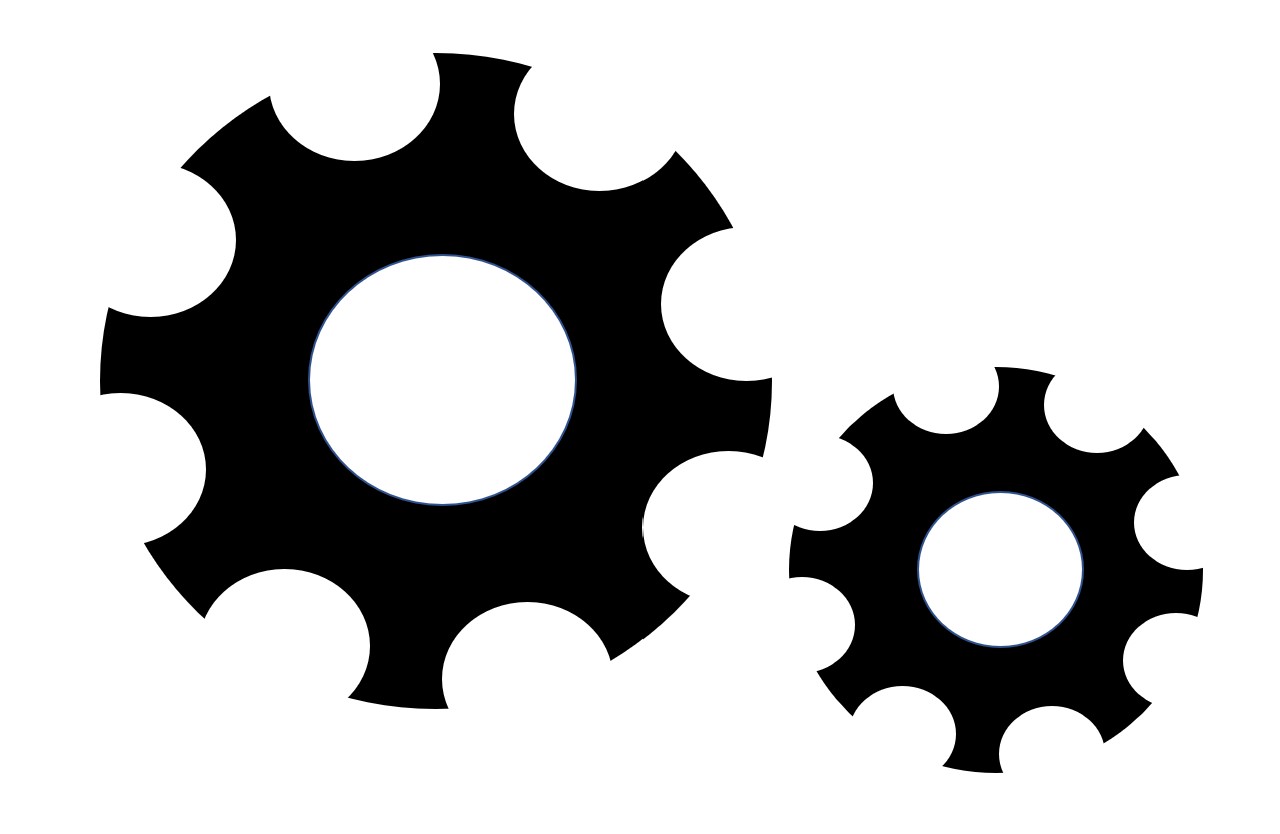 At the end of this Unit 1, you will...
At the end of this Unit 1, you will...... define the terms digitality and sustainability in their diversity and use them in conversations.
... describe ecological, social and economic impacts of digital technologies on the basis of scientific findings.
... build up a basic knowledge of the importance of digital technologies for the study of natural phenomena and use it for educational practice.
... find and adapt further information and integrate it into heir own teaching.
... use the acquired knowledge for school and extracurricular projects.
-
In this glossary, you can collaboartively note all technical terms that are new or important to you and their meaning. This can help you to understand them better and to recognize connections.
Look at what your colleagues have already entered!
-
Start-Up
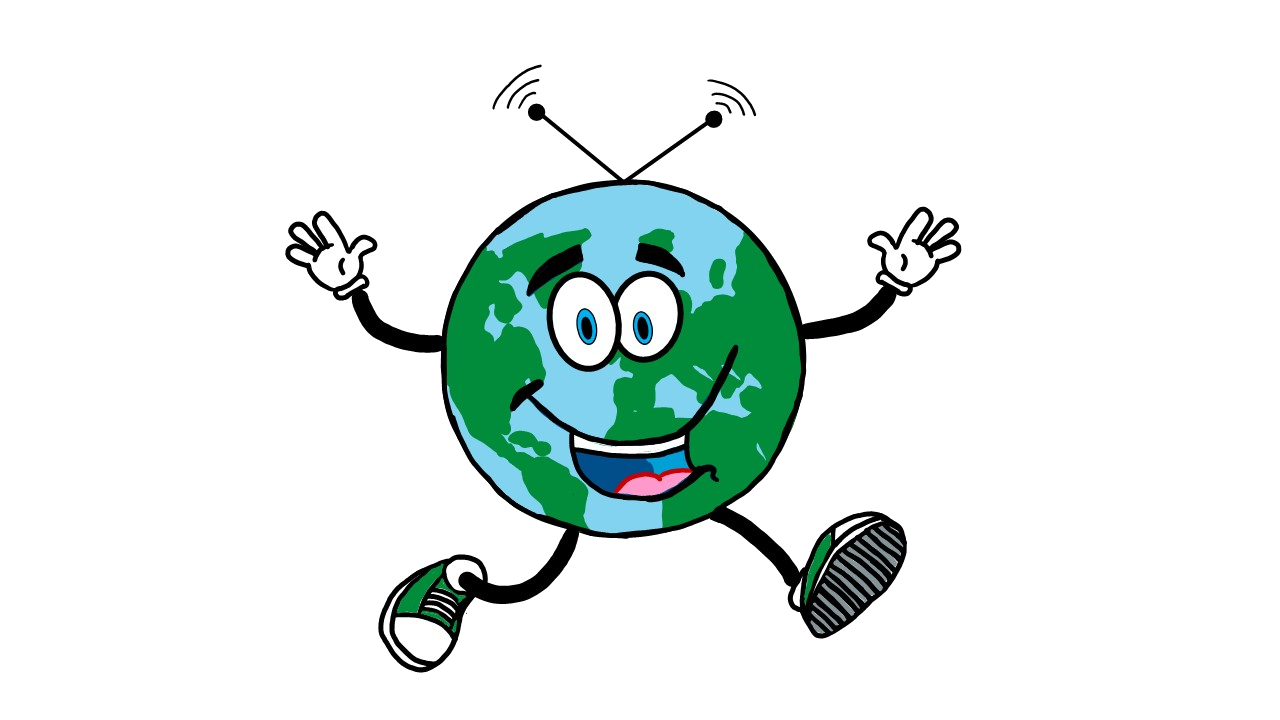 In this section, you will find two videos and an interactive image that illustrate the key concepts of digitality and sustainability and how they relate to each other. To deepen your understanding, you can work with additional texts and other materials.You will then be provided with scientific texts that will help you understand the relationship between digital technology and sustainability. You can then test and deepen your acquired knowledge in the following assignment.
In this section, you will find two videos and an interactive image that illustrate the key concepts of digitality and sustainability and how they relate to each other. To deepen your understanding, you can work with additional texts and other materials.You will then be provided with scientific texts that will help you understand the relationship between digital technology and sustainability. You can then test and deepen your acquired knowledge in the following assignment.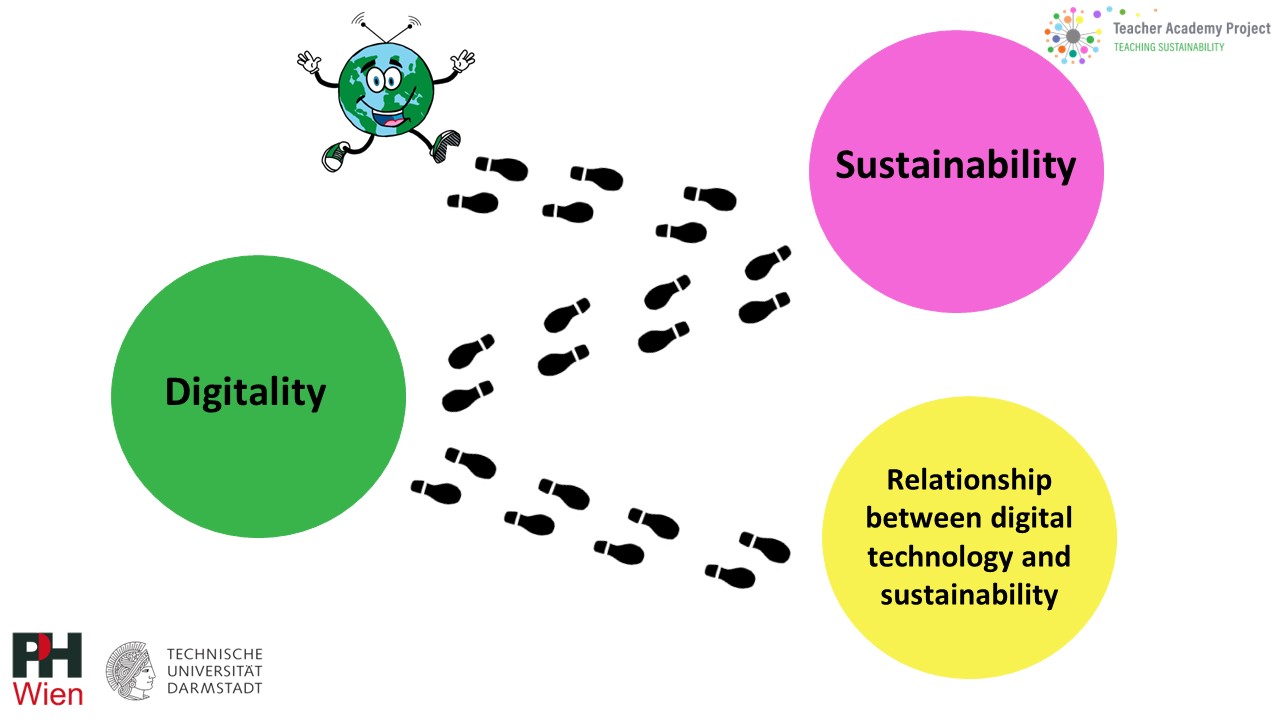
-
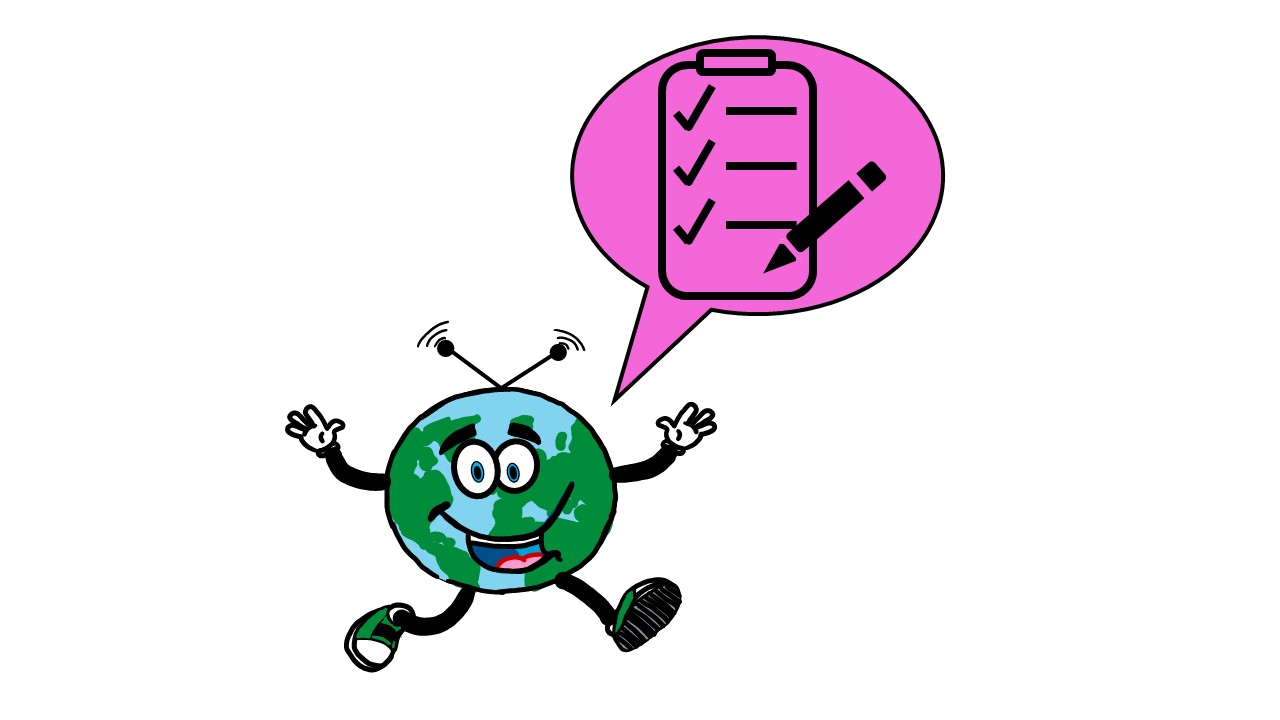 After viewing the content for Sustainability, Digitality and Relationship between digital technology and sustainability, answer the following questions on the collaborative interactive whiteboard:1) What was new to me?
After viewing the content for Sustainability, Digitality and Relationship between digital technology and sustainability, answer the following questions on the collaborative interactive whiteboard:1) What was new to me?
2) Where do I still have open questions?
3) Where does the topic have relevance to me and my work or studies? Give one or two examples.We will discuss the results on the ineractive whiteboard in a face to face setting.[The following link refers to an example of an online-pinboard. Please insert a link to an online-pinboard of your own.] -
Development
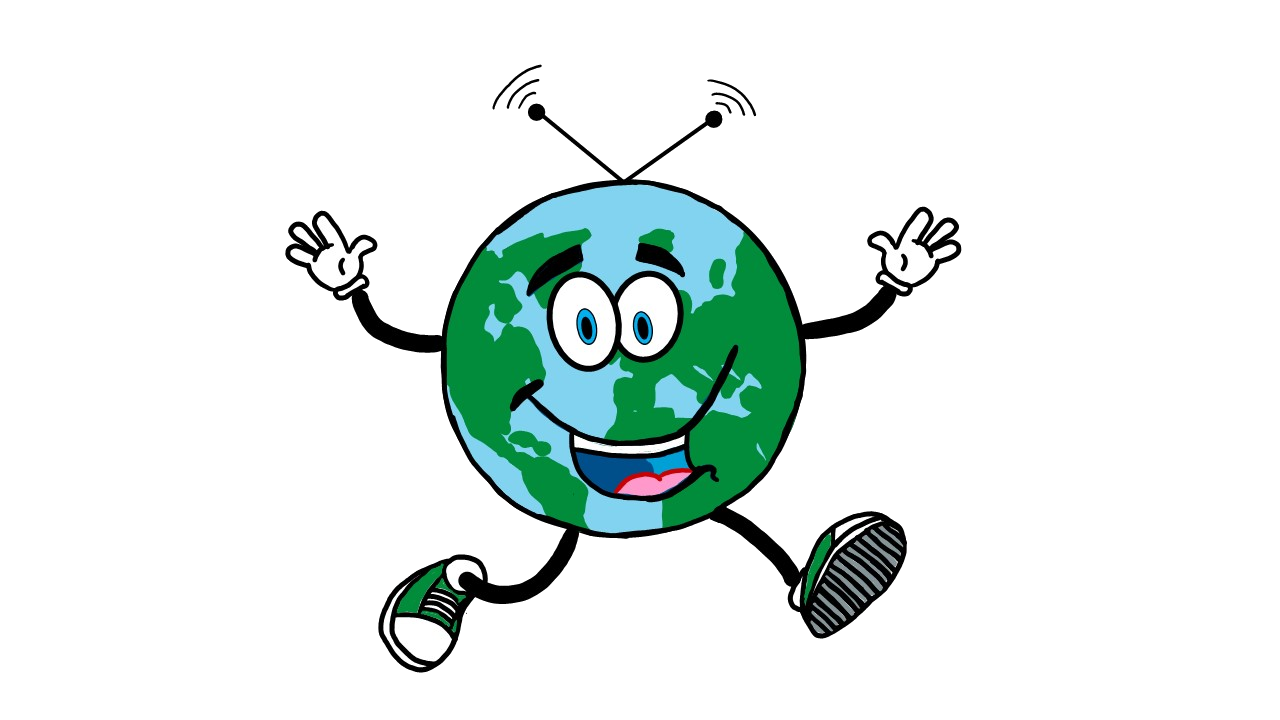
In this section, you will learn about the relationship between digital technology and the environment through experiments. This is best done in a beautiful Environment and in a face-to-face group session.
To learn more about for example ecological problems of digital technologies, you can finde more informations and materials in Unit 2-4 of this LTP.
 Duration: 3 hrs
Duration: 3 hrs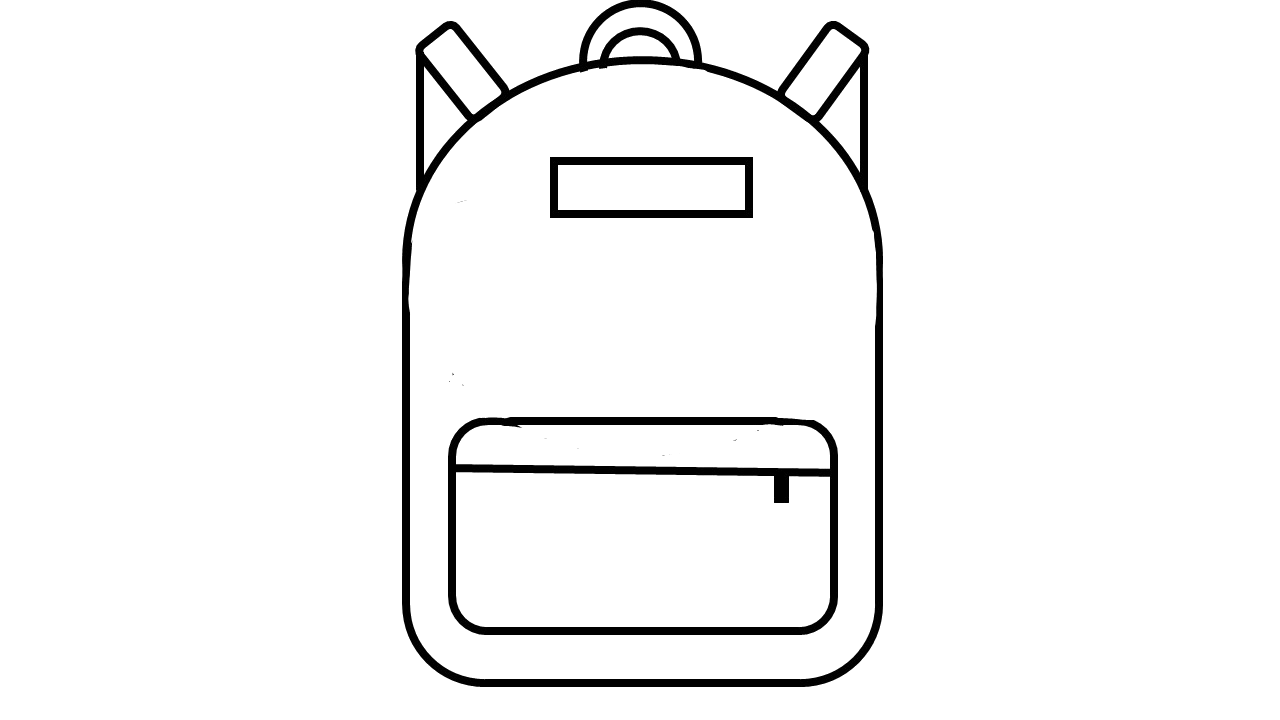 Required materials:
Required materials:Face to Face Session - Smartphone, Tablet and/or Notebook
- APP: phyphox (or similar)
- Smartphone Microscope (is placed)
- APP: BookCreator (you need Chrome, Edge or Safari as browser)
- Beautiful Environment
- Willingness to engage in discovery
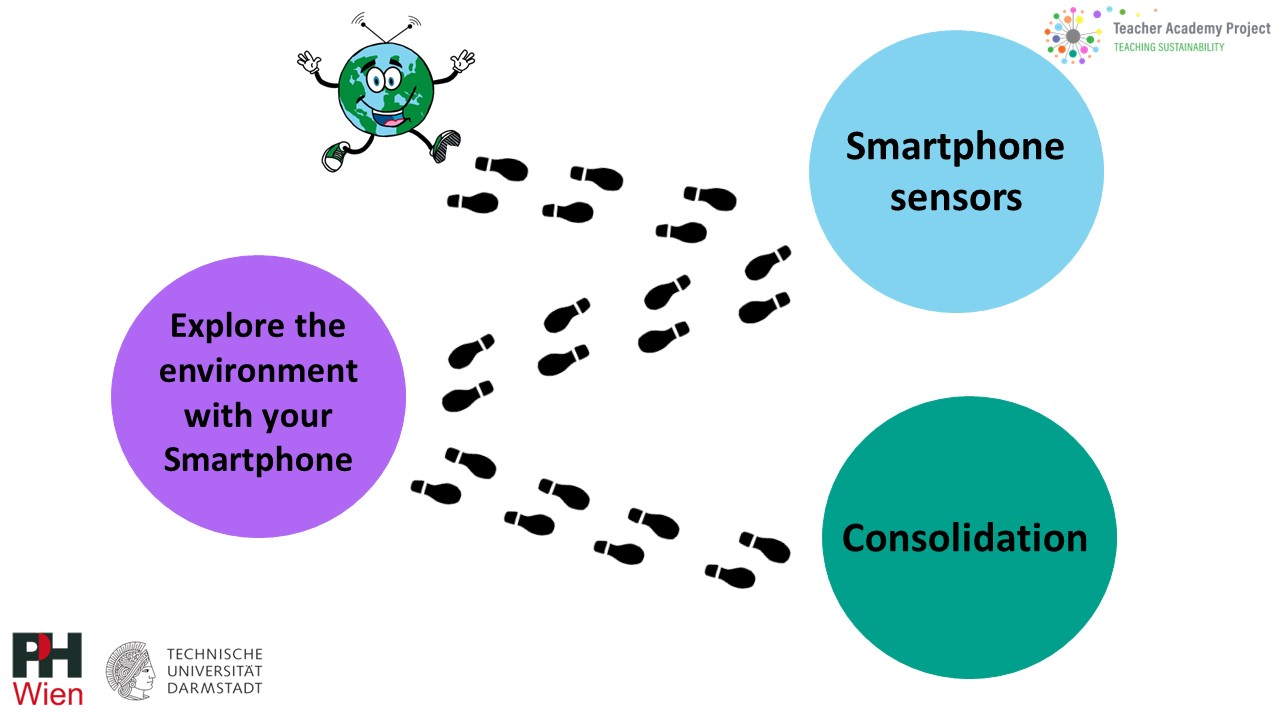
-
Smartphone sensors
-
-
Instructions for the smartphone microscope

Here you can find instructions for using the smartphone microscope.
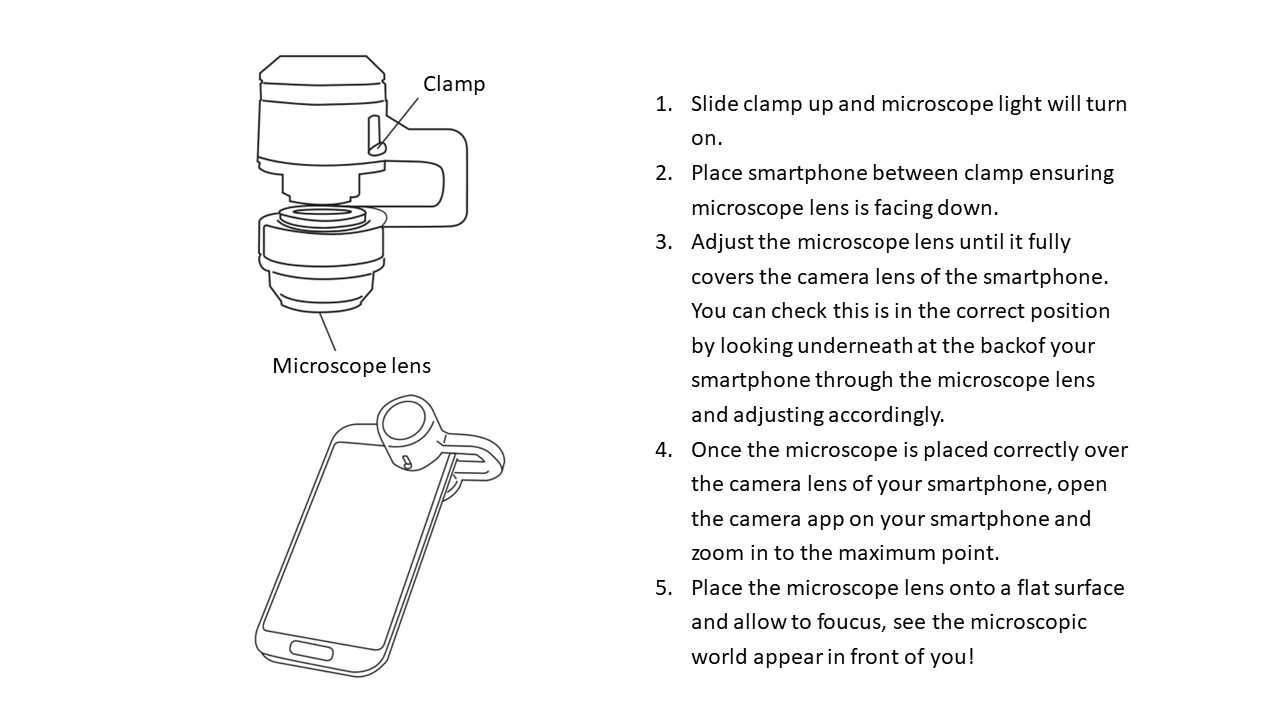
-
E-Book with BookCreator

Here you can take a look at a short ebook on the subject of The Flora in Darmstadt. This is just an example and you can be much more creative.


Task:
Task of Step 5: In Worksheet 1.1 we asked you to create an eBook with your research results. Here you will find a link to an app for creating an eBook. You can then show your results to your colleagues and discuss the experience.
[We recommend working with an app similar to Book-Creator. Please insert your link to an app of your choice here.] -
Here you can find the Worksheet: Explore the environment with your smartphone in different formats. Once as a pdf file, so that you can use it directly in class or in teaching. The other file is in .pptx format so that you can modify the worksheet to suit you and your teaching.
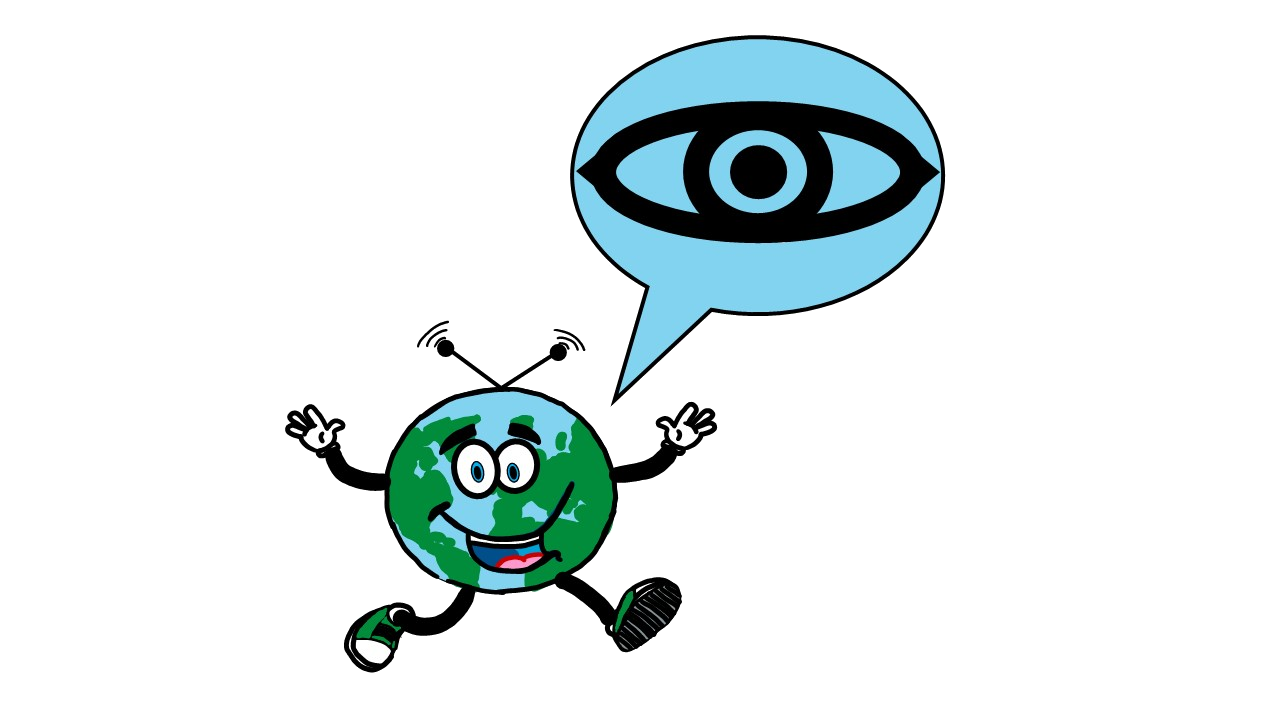
The Worksheet: Explore the environment with your smartphone has a CC0 licence, so no rights are reserved. So feel free to modify and adapt the worksheet!
Feel free to upload the result of your adjusted worksheet HERE. -
With this collaborative Taskcard-pinboard, we can collect apps and the experience of using these programs to explore the world.
-
Consolidation
 In this section, all results on the topic Explore the environment with your smartphone should be collected.This is done on three different levels:
In this section, all results on the topic Explore the environment with your smartphone should be collected.This is done on three different levels:- You should walk through the world with open eyes and document the influence of digital technologies. To do this, you can share photos or descriptions of e.g. mobile phone masts, cables, sensors in public spaces, etc. on Taskcard.
- Collaboratively note down all the arguments that are mentioned in the joint final discussion at the interpretation of "digital-based" research and data-collection in a collaborative document (we use faircloud as an sustainable alternative to googledocs.)
- Test apps for exploring the world and share your experiences with others.
- Integrate the Worksheet: Explore the environment with your smartphone into your own teaching and SHARE your adaptations to this worksheet with the other participants.
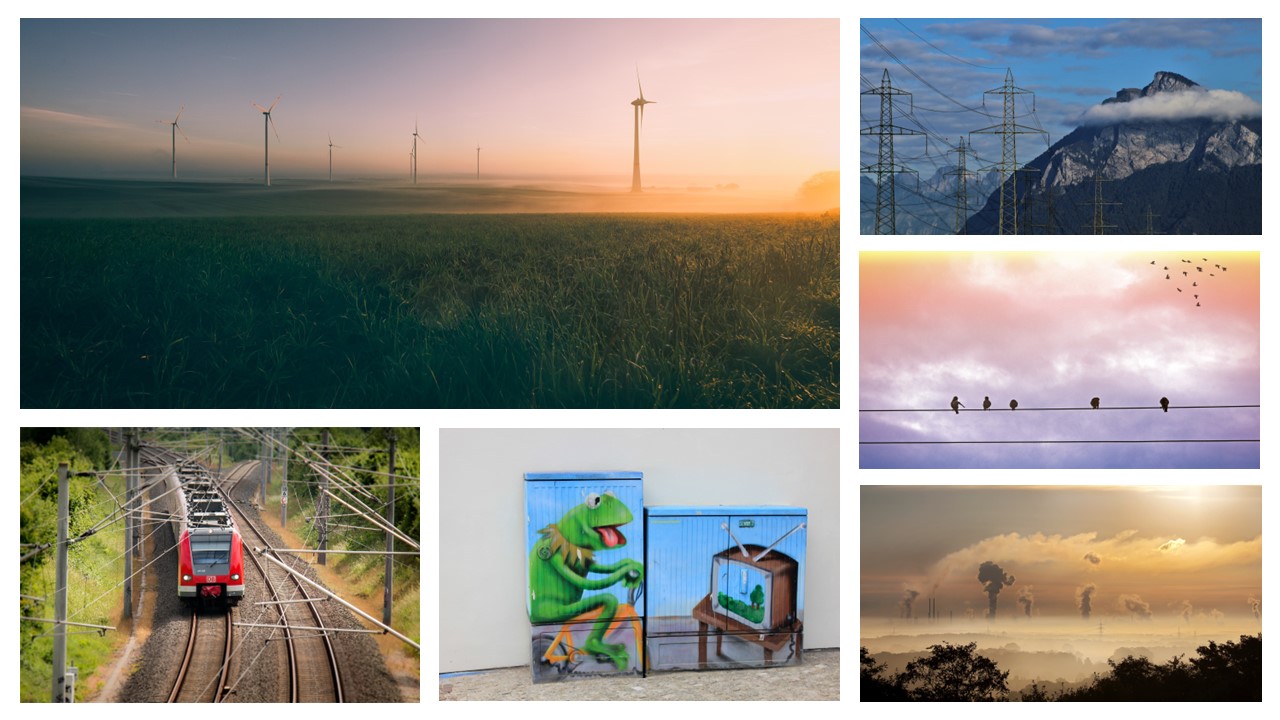
-
 Task:
Task:Walk through the environment with your eyes open and notice how digital technologies influence and integrate into the environment.
Document your impressions through descriptions in text form, photos or sim -
Follow-up
 At the end of the unit, an online noticeboard will be set up to share experience
At the end of the unit, an online noticeboard will be set up to share experience
reports on the experiments with others and to enable an exchange on this topic and further project cooperation. -

Share your experiences with the experiments. What did you like? Where did you encounter difficulties? What new things did you discover?
-
 In this database you can upload your edited worksheet and share it with the other participants.
In this database you can upload your edited worksheet and share it with the other participants.

